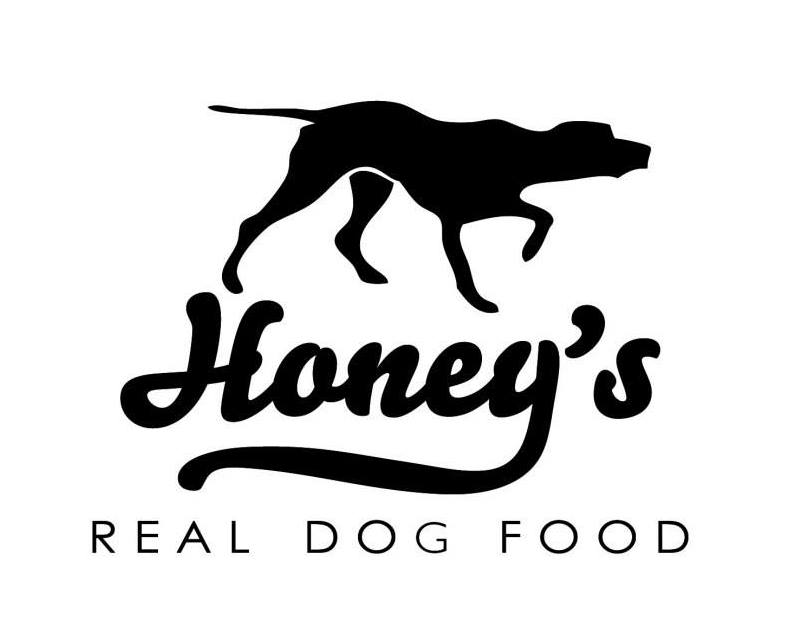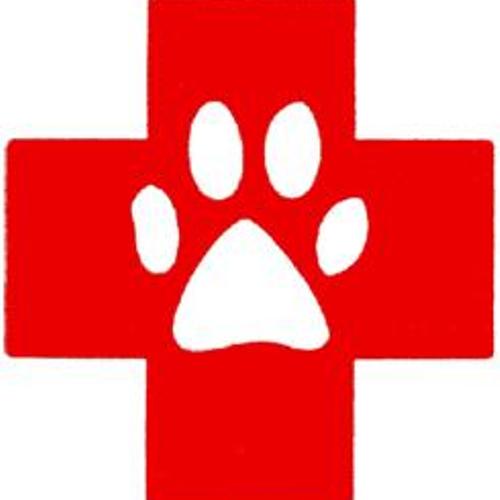Cruciate Ligament Disease
By: Dr Lise Hansen
A quick overview
The cruciate ligaments run like crossed strings connecting the femur (thigh bone) and the tibia (shin bone) both at the front and the back of the knee. Their role is to keep the knee from overextending and rotating during movement. When injury occurs in the form of tears or rupture of a cruciate ligament, most often the one on the front of the knee (the anterior cruciate ligament), the knee becomes unstable. This causes inflammation and pain and without prompt treatment the increased movement of the unsupported knee will eventually lead to injury of the menisci and ultimately to osteoarthritis of the affected knee.
Cruciate ligament damage
Cruciate ligament damage is frequently seen in dogs as well as in humans, where it is a common football injury. Cruciate ligament problems in dogs may happen, as they generally do in humans, as a result of a sudden traumatic incident in an otherwise healthy knee joint. In dogs this is typically seen after a bad fall or a road traffic accident. There is, however, another and much more common presentation of cruciate disease in dogs, in which the cause of the problem isn’t a forceful trauma to the knee but rather a ligament that was weak to begin with. In these cases, the onset of lameness may be gradual, and there may be no report of dramatic injury to the knee. The problem sometimes simply gradually worsens over time as the ligament damage progresses and the knee becomes increasingly inflamed and unstable. In some cases, osteoarthritis is already present in the knee by the time the dog is clearly lame and the problem is diagnosed, a sign that the knee has been unstable for some time. In a dog that is predisposed to this more chronic form of degenerative cruciate ligament disease, we often see the rather frustrating scenario in which the dog undergoes surgery on one hind leg, followed by two to three months of rehabilitation, only to then go lame in the other hind leg as the disease becomes noticeable in the opposite knee.
Treatment
Your vet, suspecting cruciate ligament damage, will most likely refer your dog to an orthopaedic surgeon, who may need X-rays or an MRI scan to assess the extent of the damage. A ruptured or frayed cruciate ligament can be surgically repaired by a specialist surgeon. This is the recommended approach in most cases once the diagnosis is clear. It is, however, not always necessary. Cruciate-repair surgery may be avoidable in lighter, smaller patients weighing, say, less than 10kg. Indeed, small dogs may recover well with conservative management, in this case strictly enforced rest, anti-inflammatory painkillers and physiotherapy.
Large dogs will do best with surgery. The risk of not operating or of operating too late is that the continued use of an unstable knee by a heavy animal will lead to damage of the menisci and later to osteoarthritis. This is why early diagnosis is so important. The good news is that dogs of all sizes generally do well and regain full use of their knee after appropriate and timely treatment. This is absolutely a problem with a solution.
Holistic treatment
Regardless of whether your dog is being managed conservatively or needs surgery for his or her cruciate ligament disease, there are some obvious supportive steps that can help reduce pain, promote healing and support rehabilitation, making all the difference to ensure complete recovery.
Physiotherapy and other manual treatments
Your vet will guide you through a period of rehabilitation lasting at least two to three months. Physiotherapy (possibly with hydrotherapy) plays an important part during this time regardless of whether the animal is being managed conservatively or is recovering after surgical reconstruction of the cruciate ligament. Manual treatments such as massage, physiotherapy and osteopathy are invaluable during the process of rehabilitation to ensure a full recovery. This is equally true whether surgery is judged necessary or not.
Homeopathy
Homeopathic treatment from a veterinary homeopath can be of huge assistance.
Acupuncture
Acupuncture is a powerful pain-relieving and anti-inflammatory treatment and is invaluable during all stages of cruciate disease, from painful acute traumatic injury to ensuring a complete recovery and return to normal use of the knee as well as to help a case of osteoarthritis following an old neglected cruciate ligament rupture.
Dietary supplements (nutraceuticals) Finally, your vet will probably recommend the long-term use of dietary supplements to support regeneration of joint cartilage and joint fluid and to reduce the risk and severity of developing osteoarthritis. The most relevant supplements are fish oil and glucosamine. These are given long term, preferably for the rest of the dog’s life
The role of diet
Diet has a very important role to play in the treatment of cruciate ligament damage.
A natural, raw diet will not only aid and support optimum health but will make it easier to keep your dog a good weight.
Supplementation with oily fish can also be beneficial to increase omega 3 levels in the diet.
If you live in the UK, Honey’s Health Team will be delighted to devise a special dietary plan for your dog. Feeding a natural diet couldn’t be easier and we can do all the hard work for you – working out exactly what your dog should eat each day (and how much, of course), explaining what to buy and how to prepare it. If you would prefer, and you will be under no obligation, we will be happy to supply the food you need and deliver it
This health article was written by Honey's Real Dog Food
Honey’s Real Dog Food are one of the longest-established raw dog food producers in the world.
Contact:
Tel: 01672 620 260
Email:
Website: www.honeysrealdogfood.com


